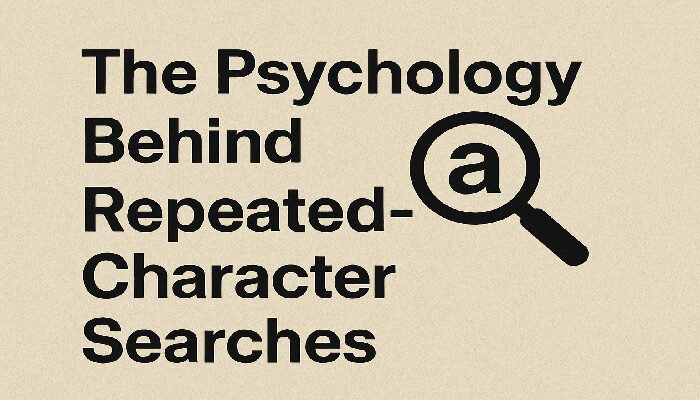Disruptive technology refers to an innovation that drastically reshapes things. It changes how businesses operate, what consumers expect, how industries view value, and – sometimes – how society at large works. The classic example is the personal computer: an innovation so big that it swept aside the old ways of doing things, ushering in new markets, new conveniences, new modes of communication and more.
As technology clips forward at a breakneck pace, we’re seeing more of these disruptive innovations, even in staid industries resistant to change. It begs the question, “What impacts will disruptive technology have?”
Let’s take a closer look.
New Markets
In general, there are two types of disruptive innovation: a type that works in the low-end of established markets, and one that creates entirely new markets or market segments from non-consumers.
In the latter case, disruptive technology has the potential to swing open the gates for new consumers, creating new systems of administration and product infrastructures along the way. Harvard Business School offers Zipcar and Lime as examples of new-market disruption; they have “created a market segment in the auto industry for a previously unreached audience: those who can’t afford or don’t want to purchase a car.”
Happier, More Empowered Consumers
Regardless of the type of disruptive technology, the net result is typically a happier, more empowered consumer.
Take Nobul, for example, “the world’s first end-to-end technology platform for real estate transactions” that is currently disrupting the real estate industry. Nobul saw an issue with the old way of doing things (an opaque, challenging homebuying/selling process) and applied innovative technologies to reach a solution (empowering consumers by offering them choice and transparency). CEO and Founder Regan McGee, speaking to Medium, says about Nobul’s impact: “There are a lot of people who are unhappy about (disruption). The people who are unhappy about it are generally scamming consumers.”
Industry-Wide Improvement
Disruptive innovation often kickstarts a “race to the top,” wherein incumbents and startups duel to adopt and deploy disruptive technologies quickly and effectively.
Everyone wins in this scenario. The consumer gets access to a suite of choices previously unattainable. And businesses force themselves to innovate and modernize, reaping the rewards that come with it. You can see this dynamic play out in real-time in the auto industry, for example. With innovations in EV batteries, nearly all carmakers have improved their electric offerings.
Employment
As we’ve covered, disruptive technology can – and often does – create new products, new infrastructures, new modes of administration, and new consumers. Under these conditions, industries often require new and diverse skillsets.
Then there’s the question of overall employment growth. Some observers worry that disruptive technologies – in particular, automating technologies – will lead to increased redundancies. Others maintain that disruptive technologies will create jobs, since more consumers equal more demand to be filled. The truth is probably somewhere in the middle; the nature of employment will likely change with increasing disruptive technology, but the need for human intuitiveness and knowledge isn’t going anywhere.
Disruptive technologies used to appear once in a generation. Now, as technological innovation grows exponentially, you can expect to see significant changes become a regular part of life. But there’s nothing to fear; as illustrated above, disruptive innovation benefits consumers, businesses, industries and workers.







